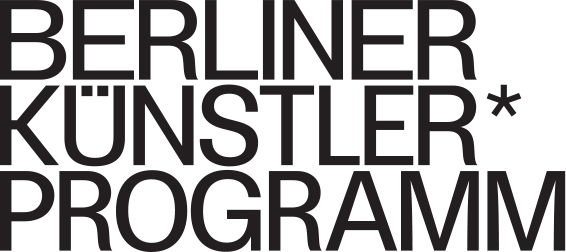Norway, Music, 2013
Øyvind
Torvund

Øyvind Torvund, born 1976 in Oslo, is one of those composers who are not content to preserve the legacy of new music, but who search for fresh aspects and strategies to artistically express their own contemporary experiences. “At some point I started to miss the freedom that I thought I ought to have as a composer of contemporary music”, he describes the situation at the end of his schooling.
Torvund doesn’t want to simply accept new music as an institutionalized status quo, but rather to give the experiential horizon of the twenty-first century a unique musical form. To this end he adopts quite disparate strategies ranging from a complete concentration on technology to a complete concentration on nature. “I’ve simply tried out different approaches. Not out of despair. I haven’t composed a ‘seemingly different music’, but have given my ideas free rein.”
In his works from 2010 onward, both the forest and playing music in the forest assume an important role — as environment, as sound material, and also as an aesthetic arbiter. For Neon Forest Space (2010), Forest Construction (2012) and Falling Constellations (2012) Torvund recorded musicians improvising in the forest. Nature thus functions as a model and instructor, but is also the projection screen for a yearning for purity and innocence. Already in Wolfstudies (2006), recordings of howling wolves were to be heard ambiguously as both untouched animal sounds and simplistic cliché. With works of this kind, Torvund signals a break between the innate and unmediated need to behave musically in relation to the world and the rarefied techniques of the avant-garde. The teaching situation that is at the heart of his concert environment Bandrom (2003–2009) also exposes the contradiction between the oral culture of folk music and the complexity of an avant-garde reliant on written notation, in that both Norwegian folk music and modern works are subjected to a learning process based on playing and imitation, not on scores.
With these kinds of scenarios, Torvund also refers to his own history as an electric guitarist in rock and improvisational groups, part of his biography that the composer, who studied in Oslo und Berlin, has always emphasized in pieces like the hardcore-inspired Power Art (2002) or in Album (2004), a cycle that plays with riffs from pop, baroque and free jazz. Torvund’s technological socialization occasionally filters into his works in pieces using an overhead projector (A Lecture about Ornaments, 2004), in nerve-shattering recordings of electronics (Krull Quest, 2004), or in the glam pre-sets of an antiquated drum machine in Album. This propinquity to computer games and 8-bit aesthetics also represents an opening of the avant-garde to other realms of our lives that have as yet scarcely been touched by new music, and devoting himself to these realms is part of the artistic freedom Torvund has chosen.
Text: Björn Gottstein


